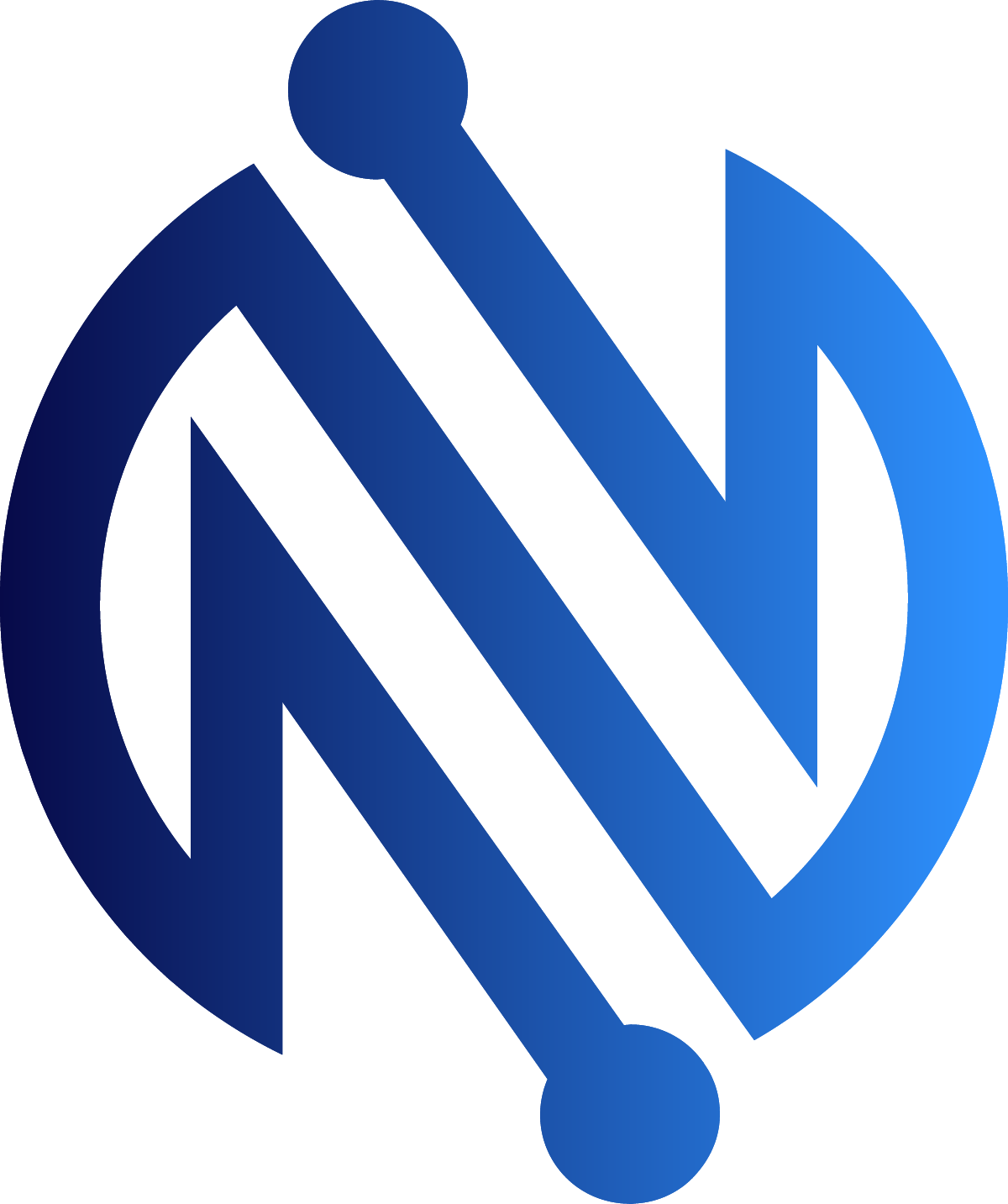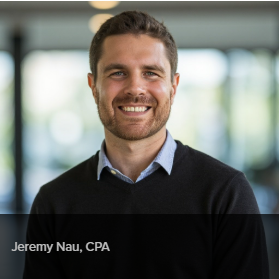How Startups Can Win in the Tokenized RWA Boom: A Playbook for Crypto Innovators
The U.S. Is Betting Big on Tokenized RWAs — Are You Ready?
On January 23, 2025, President Trump signed Executive Order 14178, launching a federal working group focused on digital assets. By July 30, the group published its findings in a 166-page report. The word “tokenized” appeared over 60 times — a clear signal that the U.S. government is embracing the tokenization of real-world assets (RWAs).
This is no small move. The report projects that the market for tokenized RWAs could grow 25x from today's $600 billion to over $15 trillion. That includes assets like tokenized dollars, gold, commodities, stocks, and even real estate — all supported by improved infrastructure and updated regulation.
Players like BlackRock, Fidelity, and Circle are already leading the charge. But what about smaller startups? How can they compete?
That’s Where the 3Ds Playbook Comes In:
👉 Distribution
👉 Distinction
👉 Disclosure
This framework has helped successful RWA startups break through and grow — even in a market dominated by giants.
1. Distribution: How to Get Your Tokenized RWAs into the Market
Having a great RWA token means little if no one can purchase, hold, or use it in DeFi. For any tokenized RWA project, distribution is essential.
✅ Partner With Platforms That Already Have Users
One of the most effective ways to distribute your tokenized RWAs is to partner with platforms that already serve millions of users. A perfect example is Circle, which grew USDC by partnering with Coinbase. Coinbase made it easy for its users to buy and redeem USDC, giving Circle instant reach.
PayPal did something similar. When it launched PYUSD, it had the advantage of PayPal’s existing payments network. Millions of users suddenly had access to a stablecoin - embedded in a tool they already used.
✅ Partner with Custodians That Hold the Underlying Assets
Many RWAs need custodians, trusted entities that physically or legally hold the underlying asset, like gold or securities. If your startup can build a strong partnership with a leading custodian in a specific asset class, that gives you a competitive edge.
For example, a startup working with rare commodities may be the only one partnered with the largest custodian of that asset. This creates a moat — a unique distribution advantage.
✅ Leverage DeFi Protocols and New Layer-1 Blockchains
Distribution doesn't have to rely on traditional finance. You can also target DeFi platforms or new blockchain networks (Layer-1s) that are looking to expand their offerings of Tokenized Assets on their networks.
Many new chains are looking for stablecoins or real-world asset tokens to complete their ecosystems. If your token becomes one of the first RWAs on a new chain, you can dominate early use cases like liquidity pools, lending protocols, or staking rewards.
We've seen startups partner with foundations behind these new chains to provide the first native stablecoin to great success.
2. Distinction: Stand Out in a Growing Tokenized RWA Market
The second "D" is Distinction - standing out in a space that's quickly getting crowded.
💡 Offer Something Unique
If you're just launching another tokenized gold product or dollar stablecoin, you'll face tough competition. Instead, aim to offer something the market hasn't seen yet.
For example, Ethena created a tokenized, delta-neutral ETH yield strategy. It wasn't just another stablecoin - it was a product with a unique strategy and real yield. This helped them grow to billions in assets under management.
Think beyond just tokenizing commodities. You could:
Tokenize stock with dividends that accrue to the token holder
Combine multiple assets into one token, like an index.
Tokenize certifications (like carbon credits).
The more unique your offering, the more likely it is to attract attention.
💸 Make It Yield-Bearing
Investors like assets that generate income. If your RWA can offer yield, you’ll likely see stronger demand.
This doesn't always mean the asset itself has to yield something. You can partner with protocols, wrap the token, or create mechanisms to add yield to your product - like liquidity mining incentives or reward programs.
🧠 Keep It Simple (Enough)
Yes, creativity is great. But overcomplicated products often fail. If users can’t understand how your token works - or if it's hard to audit or explain - it may not find demand with a large client base.
Stick to concepts that are easy to explain and familiar to investors. Many of the most successful tokenized RWAs are simple, trusted instruments: tokenized dollars, tokenized gold, or tokenized stocks.
3. Disclosure: Build Trust Through Transparency
Tokenized RWAs need to be trusted. That means the off-chain assets backing your tokens must be verifiable.
This is where Disclosure comes in - the third “D” in the playbook. There are several layers:
🏦 Trusted Custody
Most tokenized RWAs depend on a third-party custodian to hold the actual asset - whether that’s gold, securities, or real estate.
Startups must work with licensed, reliable custodians - especially if they want to build credibility with institutional users.
The clearer your relationship with the custodian, the easier it is to explain what your token really represents. For example:
Does your token represent a claim on a specific gold bar?
Or is it a claim on a shared pool of assets held by the custodian?
Can users redeem the token for real assets? Or is the token simply intended to track the price of the underlying real-world asset.
Answering these questions clearly builds trust and avoids confusion with potential token holders.
🔐 Audited Smart Contracts
Security matters. All tokenized RWA smart contracts should be audited by reputable firms.
You should also publish your code, make audits public, and explain how the system works.
🔐 Crisis Management
If something does go wrong, be transparent about the issue and how you’ll fix it.
The Bybit hack was a great example of this: despite a major loss, their honest and fast response actually increased trust with users.
📄 Monthly Attestation Reports (CPA Certified)
The gold standard in disclosure is third-party attestation from a CPA firm. These monthly reports confirm:
Assets are held as claimed.
Reserves match or exceed the token supply
Valuations and custody structures are fully disclosed.
As the institutionalization of RWAs increase, the demand for 3rd party attestation reports are likely to be required, similar to stablecoins and the GENIUS act. Even before formal regulation exists, if you want to work with large partners or TradFi players, monthly attestations are table stakes for fulfilling the due diligence process.
We've been issuing these reports since 2018. We’ve seen firsthand how they help startups grow and gain trust.
🔗 On-Chain Proof of Reserves (PoR)
Take it a step further: publish your reserve data on-chain using Oracle networks like Chainlink.
This gives users live, verifiable proof that your token is backed. You can even connect this data directly to your smart contracts - so minting is only allowed if reserves are available.
⏱️ Real-Time Attest Reporting (Every 30 Seconds)
What does the future of RWA transparency look like? Some issuers now publish real-time attestations, verified by independent CPA firms, as frequently as every 30 seconds.
This combines live reserve feeds, on-chain transparency, and independent reporting - all in one transparency reporting package. It’s what the future of accounting and finance looks like, especially as more assets move on-chain.
This model is ideal for tokenized RWAs. It gives users continuous trust, prevents fraud, and supports faster adoption.
Final Thoughts: Build for the Next Era of Finance
Tokenized RWAs are not a passing trend - they are the next phase in the evolution of finance. From on paper, to online, to on-chain, the shift is underway.
Startups that execute well by locking in distribution, building distinctive products, and providing clear disclosure can:
Form major partnerships
Capture early market share
Win institutional interest
Become unicorns or prime acquisition targets
We’ve helped startups since 2018 with attestation, audit, and tokenization transparency services that are trusted across the industry.
Book a consultation with us today to get started.
Author Bio:
Jeremy is a founding member and audit partner at The Network Firm and co-creator of LedgerLens, a suite of digital asset-focused audit and attestation tools. Jeremy holds credentials as a Certified Public Accountant (CPA), Certified Management Accountant (CMA - inactive), and Certified Bitcoin Professional (CBP).
Over his 10-year career, including 7 years focused on digital assets, Jeremy has led audit and attest engagements across various industry niches, including exchanges, custodians, miners, token projects, wallets, payment processors, and stablecoins. Jeremy specializes in “Proof of Reserve” engagements.
Jeremy’s goal is to shape the future of the accounting profession, strengthened by verifiable, transparent, and trusted blockchain ledgers.
Connect with Jeremy Nau on LinkedIn/Twitter for more expert advice.


